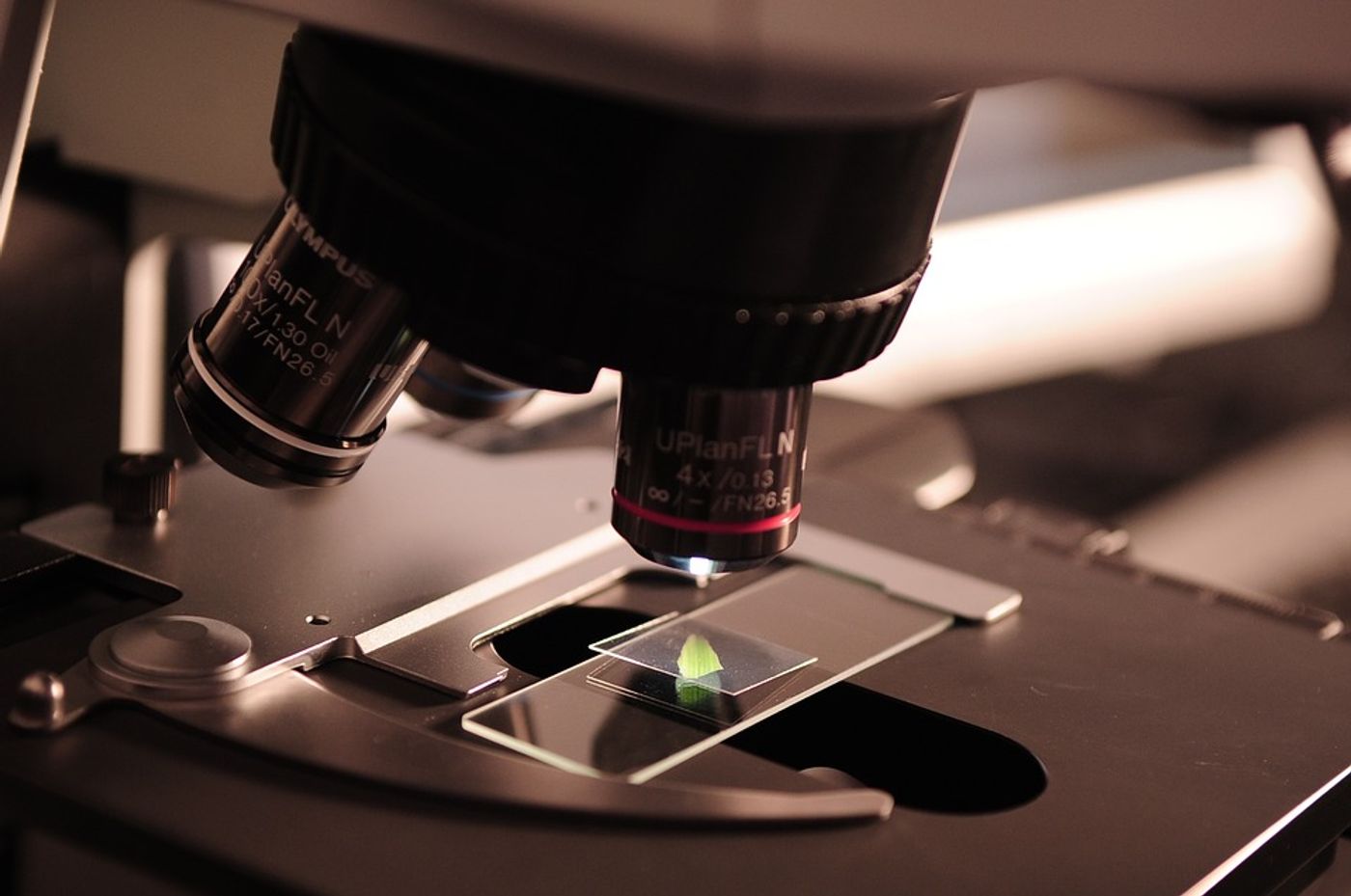Scientists produce multi-component biomaterial-based ex vivo cartilage substitute
New research published in Science Advances identified a novel composition of materials that hopes to improve the options available for engineered cartilage. With 32.5 million adults suffering from osteoarthritis in the US, the need for enhanced degenerative joint treatments is urgent - but current approaches are limited. This new mechanism combines a multi-component biomaterial-based screening approach to allow stem cells to develop into articular cartilage.
The research was led by Ali Khademhosseini, Ph.D., the Director and CEO of the Terasaki Institute. who was previously Director of the University of California, Los Angeles (UCLA) Center for Minimally Invasive Therapeutics, and Eben Alsberg, Ph.D., the Richard and Loan Hill Professor of Bioengineering, Orthopedics, Pharmacology and Mechanical & Industrial Engineering at the University of Illinois in Chicago.
Khademhosseini stated: "We took a holistic approach to cartilage engineering with this multi-component in vitro approach by screening with high-throughput through many combinations of material, biomechanical and molecular parameters, which in this complexity had not been done before. This allowed us to define material properties and compositions, and specific mechanical, biochemical, and pharmacological contributions that help guide human mesenchymal stem cells (hMSCs) down a differentiation path towards articular cartilage-producing chondrocytes in vitro, and better maintain their functionality when transferred into mice."
To produce the materials, the team composed an array of 288 individual hydrogel-based biomaterials made from oxidized methacrylated alginate (OMA) and polyethylene glycol (PEG). Together, these hydrogels generate an elastic network appropriate for the human microenvironment and host hMSCs, cell-binding ligands, and growth factors, all of which work together to stimulate cartilage cell differentiation.
"Our approach pinpointed biomaterial compositions that provided a sweet spot of hydrogel physical properties, just the right amounts of extracellular matrix and critical growth factors, and mechanical stimulation that hMSCs needed in this complexity to develop into highly functional articular chondrocytes in the engineered system," said co-first author Junmin Lee, Ph.D.
The researchers believe their developments hold significant implications for the future of cartilage repair treatments. "The opportunities that our approach offers and the information it already helped us provide is an important step towards the generation of truly therapeutic articular cartilage, and some of the insights we gleaned could also be tooled for enhancing the function of existing joint cartilage in patients with osteoarthritis and for more personalized strategies," said Khademhosseini.
Sources: Science Advances, Eureka Alert









